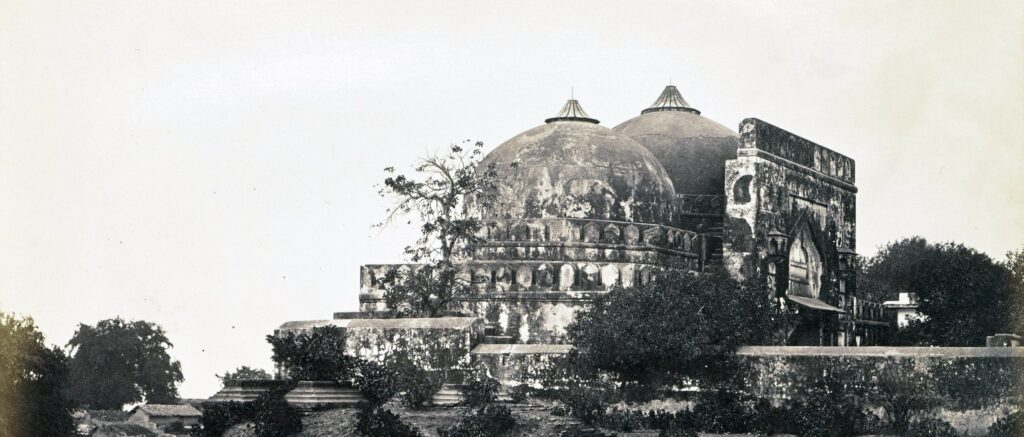Editor’s Column
Click the Play button to listen to article
Babri Masjid.
The saga of the Babri Masjid, a 16th-century mosque in Ayodhya, is deeply interwoven with the complex tapestry of Indian history, politics, and religious identity. Constructed during the Mughal era in 1528, it stood as a symbol of cultural diversity for centuries. However, its fate took a drastic turn in 1992.
The demolition of the Babri Masjid on December 6, 1992, was a watershed moment that reverberated across the nation and beyond. What started as a political movement to reclaim the disputed site, believed by some to be the birthplace of Lord Ram, culminated in an act of violence that shook the foundations of communal harmony. The scars of that day remain etched in the collective memory of a nation grappling with its pluralistic identity.
The aftermath witnessed widespread communal tensions and left a deep impact on India’s social fabric. The demolition triggered a wave of violence, communal riots, and a palpable sense of mistrust among religious communities. The wounds inflicted on that fateful day continue to cast a shadow, underscoring the fragility of secularism in a diverse nation like India.

The legal battle that ensued was as protracted as it was contentious. The case wound its way through various courts over the years, grappling with the complex interplay of historical claims, religious sentiments, and legal principles. The apex of this legal odyssey came with the Supreme Court’s verdict in November 2019.
The Supreme Court, in its historic judgment, settled the decades-old dispute by awarding the disputed site to the Hindus for the construction of a Ram temple. Simultaneously, it directed the government to allocate an alternate five-acre plot to the Muslim community for the construction of a mosque. The verdict, while providing closure to a legal battle, stirred debates on the balance between faith and the rule of law.
The judgment was hailed by some as a step towards resolving a longstanding dispute and fostering reconciliation. Others, however, raised concerns about the precedence it might set and the potential implications for religious harmony in a diverse nation like India.
In essence, the Babri Masjid demolition and its aftermath are indelible chapters in India’s history, marked by a complex interplay of faith, politics, and legal intricacies. The Supreme Court’s verdict, while attempting to provide closure, leaves us with profound questions about the delicate equilibrium between historical justice, religious sentiments, and the rule of law in a diverse and pluralistic society.


